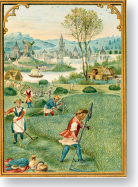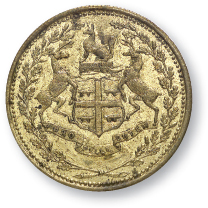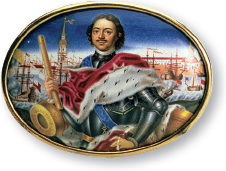ABSOLUTIST MONARCHIES AND THE SEVENTEENTH-CENTURY CRISIS
- How did life for Europe’s peasants change during the seventeenth century? Why was peasant life harder in eastern Europe than in western Europe?
- How and why did Louis XIV try to co-opt and control the French aristocracy? In practice, how “absolute” was his rule?
- Compare and contrast absolutism in Austria, Prussia, and Russia. What common problems and challenges did would-be absolutist rulers face in each of these three states?
|
CONSTITUTIONAL STATES AND THE SEVENTEENTH-CENTURY CRISIS
- Why did the efforts of English monarchs to build an absolutist state fail? What groups and institutions in English society were most responsible for the triumph of constitutionalism?
- Compare and contrast the constitutional governments of England and the Netherlands. What role did merchant elites and commercial interests play in each state?
|
- Why did northern European powers enter the competition for New World land and resources in the seventeenth century?
- How did England come to dominate the Atlantic economy over the course of the seventeenth century?
|
LOOKING BACK, LOOKING AHEAD
- How did the strong, centralized states of the second half of the seventeenth century differ from their fifteenth- and sixteenth-century counterparts? What new powers and responsibilities did seventeenth-century states take on?
- How might the state-building efforts of European powers in the seventeenth century have contributed to the acceleration of globalization that characterized the eighteenth and nineteenth centuries?
|



